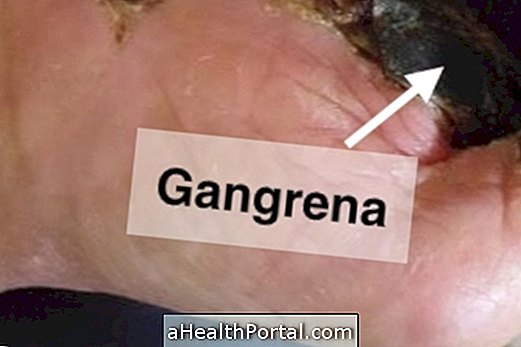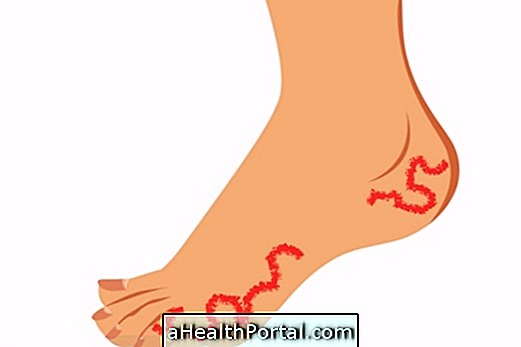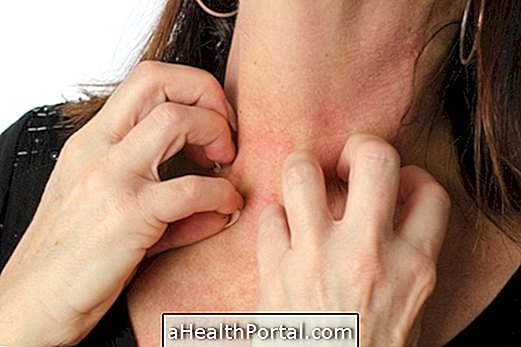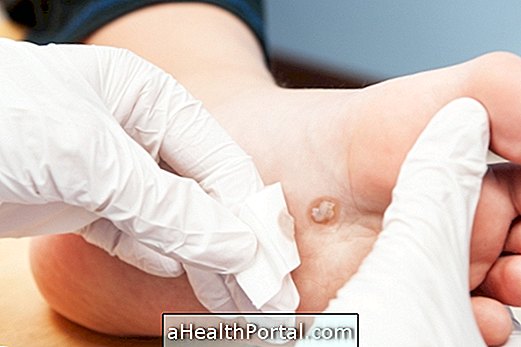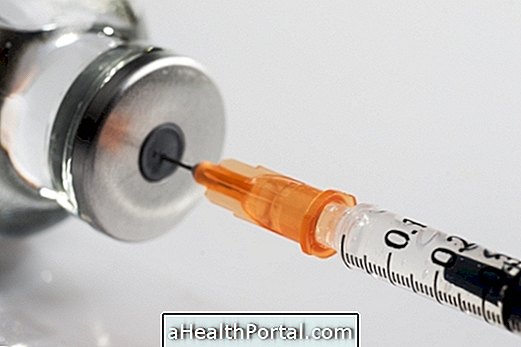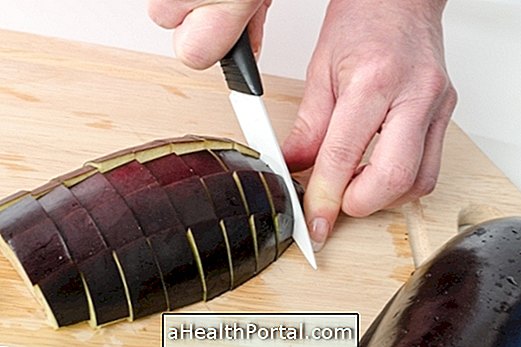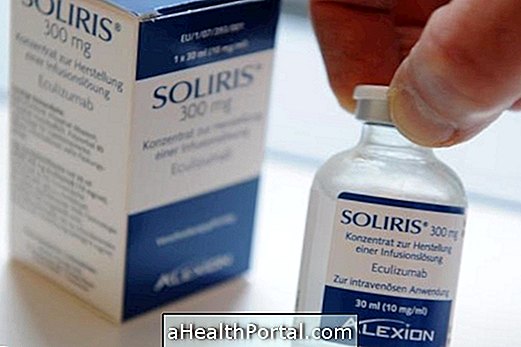Heat allergy is not exactly a type of allergy. What happens is that with the hottest days, a series of allergic reactions can appear due to heat, sweat, synthetic clothes or use of costume jewelry, for example.
According to the World Health Organization, in Brazil, 30% of the population suffers from some type of allergy. Among them are the common rhinitis in infants and young children, contact dermatitis, urticaria and allergies caused by insect bites.
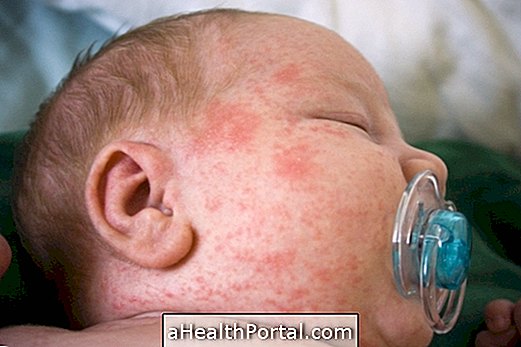
Signs that may indicate allergy to heat
The symptoms of heat allergy can be:
- Small red marbles in regions exposed to the sun or in regions that transpire;
- Itching in the most affected areas;
- Formation of crusts in the spots of the balls due to the act of scratching the skin.
These changes can occur in people of any age, but are more common in infants, children, the elderly and people who are bedridden. The regions most affected are the neck and underarms.
How To Treat Heat Allergy
The treatment for heat allergy is to moisturize the skin well with creams containing aloe or calamine, which have a calming action, take cold baths, drink plenty of water, wear light clothing, avoid excessive perspiration and keep the place where it is properly ventilated and fresh.
Cleaning the baby's neck with a soft, clean diaper helps to reduce the rash, reducing irritation. Spraying powder can help keep your skin dry, however, if the baby continues to perspire, the talc may not be effective and it is best to take several baths a day on the baby, using only water, to protect the baby's skin.
Chamomile tea slightly cold, or at room temperature is also useful for use as a compress to relieve irritability of the skin. Here's another home remedy that might help.
In more severe situations, if these measures are not sufficient to resolve the problem, it may be necessary to use corticosteroid lotions, creams or ointments, such as hydrocortisone or betamethasone, but only if prescribed by your doctor. Steroid formulations should be used in small amounts and applied in a thin layer for a short period of time, indicated by the doctor, so as not to damage the skin.

